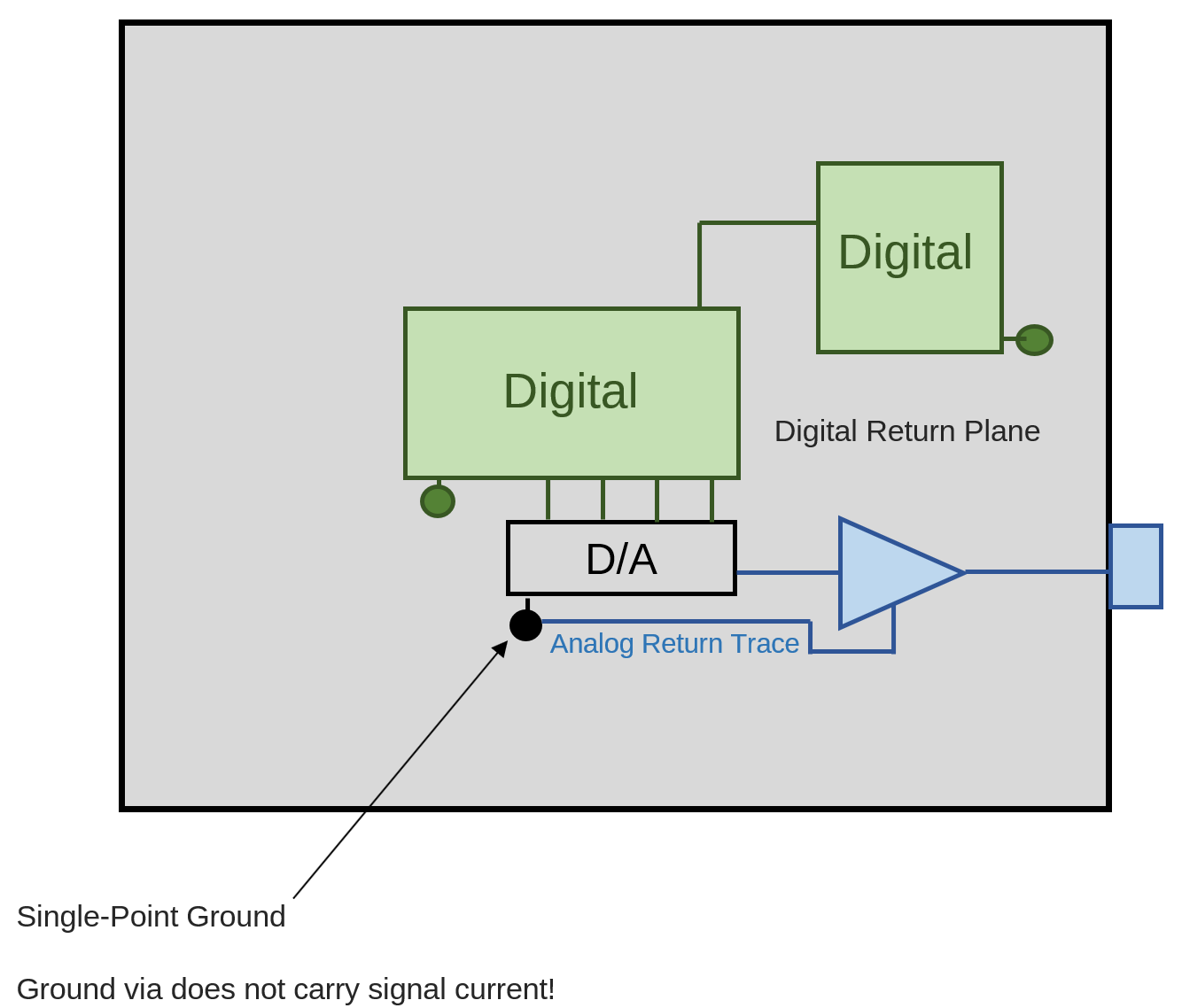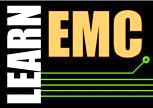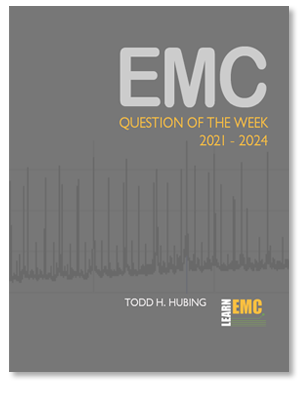EMC Question of the Week: March 23, 2020

Low-frequency analog signal returns are sometimes isolated from digital signal returns in order to prevent
- eddy currents
- electric field coupling
- common impedance coupling
- single-point grounds
Answer
The correct answer is "c". Allowing high-current circuits to share current return paths with sensitive circuits can result in common impedance (conducted) coupling. Isolating current return paths can eliminate this coupling mechanism, but isolating circuit "grounds" can result in other EMC problems. Generally, circuit "grounds" should only be isolated (or single-point connected) when it is known to be necessary.
How can you tell if it's necessary to isolate two signal current returns? Multiply the worst-case source current by the shared resistance to get the maximum possible voltage induced in the victim circuit. If this is too much, it may be necessary to isolate the returns.
On circuit boards with a solid current-return plane, we don't have to worry about common impedance coupling at frequencies above 100 KHz. At these frequencies currents returning on the plane are largely confined to the region directly above and/or below the signal trace. At lower frequencies, the currents can spread out, and a few amperes of current returning in one circuit can induce a few millivolts of noise in other circuits sharing the same return plane.
Generally speaking, on boards with four or more layers, isolated returns should never share the same layer. In fact, on boards with isolated analog and digital "ground" planes, it is usually best to put them on adjacent layers with a significant overlap.
Have a comment or question regarding this solution? We'd like to hear from you. Email us at






